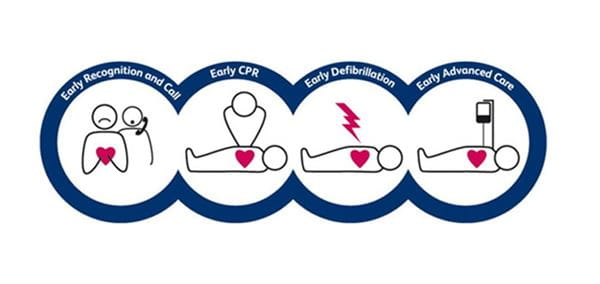
It’s more than likely you’ve seen an Automatic External Defibrillator, commonly referred to as an ‘AED’ or a ‘defib’, installed in a public place. It’s a device that detects lethal heart rhythms which stop the heart from pumping effectively, and then allows a rescuer to deliver a measured shock so a heart can pump effectively again.
In case of an emergency AEDs are easy to use and can increase the chance of survival to over 70%. Without a defibrillator close by, the survival rate for cardiac arrest is somewhere between two and five percent.
With these success rates it’s easy to see the importance of maintenance on an AED. When every minute counts for survival you don’t want to waste any of it replacing batteries and pads.

Make sure you have a system in place for regular, daily checks, to ensure it is in good condition and there are no warning indicators. Look for a warning icon or light visible on the machine or listen for an audible alert like a faulty smoke detector battery.
AEDs perform self-checks on a daily, weekly and monthly basis. You may hear it beeping away as it runs automatic battery and system checks. It will indicate if a problem is detected.
Pads that have been used require immediate replacement. Expired batteries and AED pads should be replaced in line with their expiration dates, usually 3 to 5 years. In all cases the manufacturer’s recommendations should be followed.
In addition to daily and self-checks, make sure you perform the following every three months:
- Power up the AED and make sure it turns on without a problem.
- Turn off the AED and make sure the status indicator light shows the AED is ready to be used.
- Confirm all parts are available and in good condition such as gloves, razor and breathing mask.
- Inspect the device itself for cracks, wear, and other signs of damage.
- Check the pads and make sure they are not expired.
- Check the batteries to make sure they are also not expired or damaged.
Royal Life Saving WA believes that having functional AEDs in the home, workplace and any area where people gather is vital. For more information and to purchase a HeartStart HS1 First Aid Defibrillator, please click the link below.
